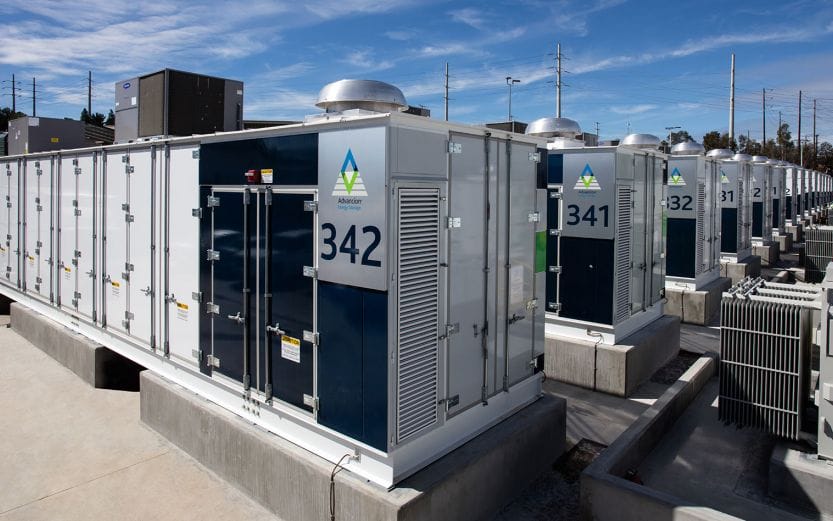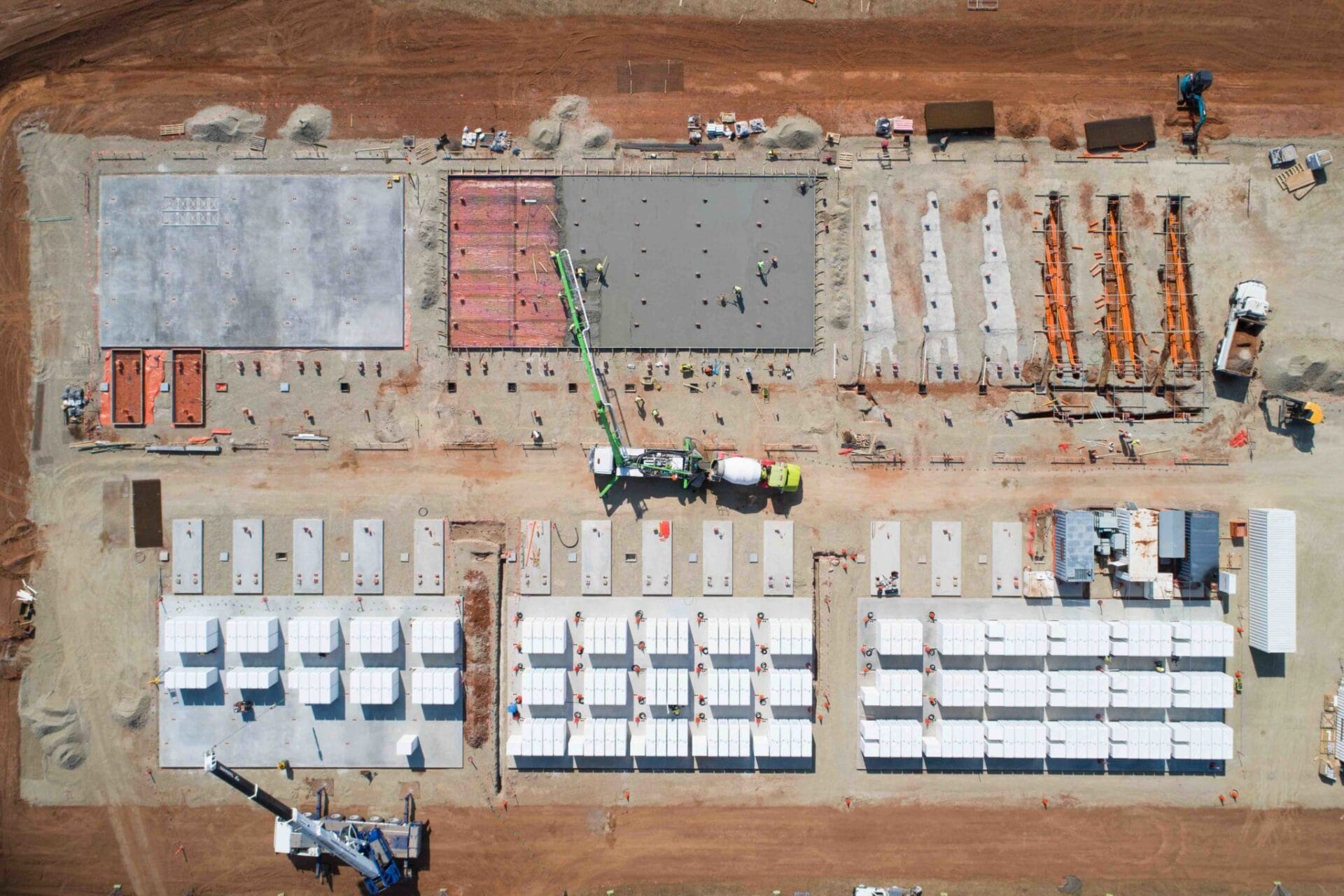Australia and California are guiding the rest of the planet in how to deploy energy storage. And they’re doing it faster than any energy resources have been deployed prior.
This week, Southern California Edison announced seven energy storage projects totaling 770 MW/3,080 MWh. The projects signed contracts with some of the nation’s largest electricity generation companies – Nextera, Southern Power, TerraGen, LS Power – for 15 and 20 years.
Most amazingly, these projects were first put out for bid on September 19, 2019 and are to be online by August 1, 2021 – less than 15 months from now.
| Selected bidder | Project name | Location | Contracted Power (MW) | Site Capacity (MWh) |
| Southern Power | Garland | Rosamond, Kern County | 88 | 352 |
| Southern Power | Tranquillity | Tranquillity, Fresno County | 72 | 288 |
| TerraGen Power | Sanborn | Mojave, Kern County | 50 | 200 |
| NextEra Energy Resources | Blythe 2 | Blythe, Riverside County | 115 | 460 |
| NextEra Energy Resources | Blythe 3 | Blythe, Riverside County | 115 | 460 |
| NextEra Energy Resources | McCoy | Blythe, Riverside County | 230 | 920 |
| LS Power | Gateway 1-2 | San Diego, San Diego County | 100 | 400 |
| 770 | 3,080 |
In Australia, Tesla deployed the world’s current largest battery after CEO Elon Musk bet – via Twitter – the company could do it in 100 days or less from time of contract being signed, or the $50 million battery was free.
Tesla will get the system installed and working 100 days from contract signature or it is free. That serious enough for you?
— Elon Musk (@elonmusk) March 10, 2017
Elon – and Australia – won that bet.
Since then, the battery saved ratepayers greater than $40 million in year one. Recently, the owner upgraded the facility, as shown while underway in the featured image of this article. Neoen, said owner, expanded the 100 MW/129 MWh battery by 50 MW/64.5 MWh.
Here’s a Google Earth satellite image of the facility and some of the surrounding wind turbines:
The electron fast deployment of energy storage didn’t start in Australia though, for that we go back to what is the largest gas leak in American history at Aliso Canyon. As a result of this event, California put in place an emergency request for capacity to partially replace this loss.
The largest of the projects totaled 70 MW/280 MWh of lithium ion batteries between three facilities. All were deployed in under six months after being approved. The Tesla facility, 20 MW/80 MWh was noted as taking 88 days to complete from time of ground being broken.

AES Aliso Canyon replacement facility at Escondido, 30MW/120MWh
Now, California has a boot against its neck, and it expects to begin feeling pressure explicitly starting this September. State analysts noted, “operational deficiency reaching maximums of 2,300 MW, 4,400 MW, and 4,700 MW in 2020, 2021, and 2022, respectively.”
To combat this challenge, on September 19 of 2019, the state ruled that electric utilities had to procure 3.3 GW of new – non-fossil – capacity during the four evening hours of summertime peak demand. Since it is a four hour window, if it is to be met fully by energy storage, 13.2 GWh of total batteries need to be deployed. In 2019, just over 1.1 GWh of utility scale energy storage was deployed across the United States.

Tesla Megapack
As other California projects move forward, other US states are starting to get involved. Long Island, New York recently put out an information request for 155-175 MW/620-700 MWh of energy storage to be strategically deployed in its highly populated region. Massachusetts is deploying energy storage specifically to combat its dirtiest, and most expensive electricity. New York more broadly, New Jersey, and Virginia all have large energy storage requirements in the coming decade.
Expect the energy storage game to expand in size and geography as costs continue to decline faster and the technology advances further than any “sane persons” projected.
___________________________________________
CommercialSolarGuy is a Massachusetts solar power developer and construction firm owned by John Fitzgerald Weaver. We can support your solar power, and energy storage ambitions. Please contact us for a feasibility analysis or project construction.

